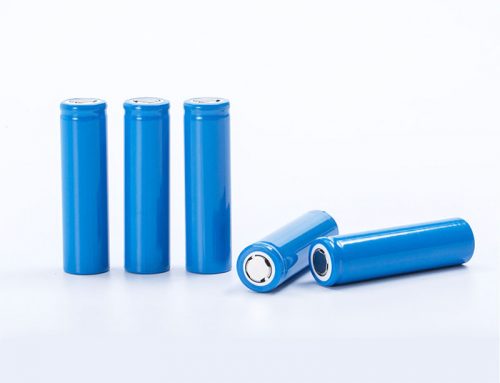Lithium-ion battery energy storage systems are a vital technology for enabling the use of renewable energy sources like solar and wind. They store excess energy generated during peak production times and release it during periods of high demand.
Here’s a breakdown of the specifications of energy efficiency in lithium-ion battery energy storage systems:
1. Coulombic Efficiency:
- Measures the charge efficiency by which electrons are transferred within the battery.
- Represents the ratio of the total charge retrieved from the battery during discharge to the total charge introduced during charging over a complete cycle.
- Typically higher than 99% for lithium-ion batteries, signifying minimal charge loss per cycle.
2. Round-Trip Efficiency:
- Considers the entire energy storage system, including the battery itself, power conversion equipment (inverters), and thermal management systems.
- Represents the usable energy captured during discharge relative to the energy supplied during charging.
- Ranges from 70% to 80% for lithium-ion battery energy storage systems, depending on factors like depth of discharge, power conversion losses, and thermal management inefficiencies.
Factors Affecting Efficiency:
- Depth of Discharge (DoD): The percentage of a battery’s capacity that is used during a discharge cycle. Shallower DoDs result in higher round-trip efficiency.
- Charge and Discharge Rates (C-Rates): The speed at which a battery is charged or discharged. Lower C-rates (slower charging/discharging) lead to higher efficiency.
- Ambient Temperature: Extreme temperatures can negatively impact efficiency. Battery management systems typically incorporate thermal management to mitigate this effect.
Improving Efficiency:
- Battery technology advancements are continuously enhancing coulombic efficiency.
- Optimizing system design to minimize power conversion losses and improve thermal management can contribute to higher round-trip efficiency.
- Smart control systems that optimize charging/discharging cycles based on real-time conditions can also improve efficiency.
